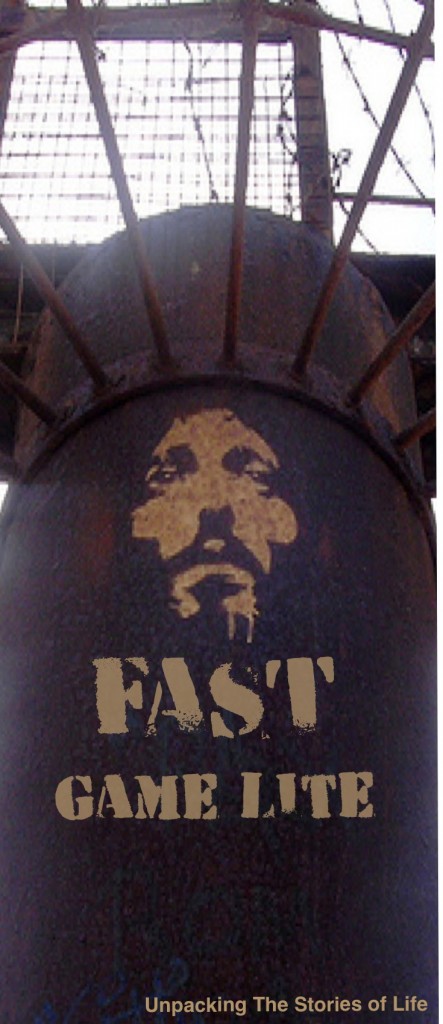Excuse the jargon title, but following up my recent posts I wanted to explore some of the theory that is behind some of the practice and growth of streetspace as a community of practice and local work that I am involved in. Modal and Sodal are two ways of looking at / being church / approaching the mission of God. To borrow from Jonny “modal is the local gathered and sodal the spread out focused around a mission task” I have found this problematic for three reasons, firstly as the gathered needs to swept up in the missio dei as much as the sodal. Secondly as most writings around this suggests a kind of higher commitment to the sodal (there is good post here on what it looks like in a parish church setting). Lastly the concept is rooted in a more closed set and modernist paradigm and I think a weak ecclesiology.
However what is becoming increasingly clear from the take up on StreetSpace and from Beth Keiths recent twitter post “60% of pioneers found the parish church they were connected to the most obstructive part of their job” is that we need a new sort of sodal community. One that is more journey focused and open at the edges. This type of sodal community reflects the core of the missio-dei and as it journeys creates space for others to journey alongside, (who may or may not believe) but are heading with you towards Christ, and as such may have different interpretations of what is means to be committed/believe and in my experience are usually committed to the journey and you if not yet to Christ who is being revealed as we travel. This type of sodal community is continually pushing and finding new edges as together it forms, reforms and discards, as it genuinely values its co travellers, with an orthopraxis rather than orthodox approach.
This is why I think Sobornost is an important christian tradition, “Spiritual community of many jointly living people” or one that is rooted in practice, action, dialogue and community. Because this how you help move towards a new Habitus – (see previous post) but one that is not static or modal, but continually unfolding and in line with the character of God, revealed in Jesus and the Mission dei. The most exciting part of this is that even our local gathered community is sodal in this way but looks nothing like a new monastic community!
It is not easy and during the BBQ we will be having on sunday, or the Gathering (StreetSpace annual get together) there will be practical examples of the type of tensions that will exist, but something new is always unfolding, and something fresh being experienced as we journey together.

